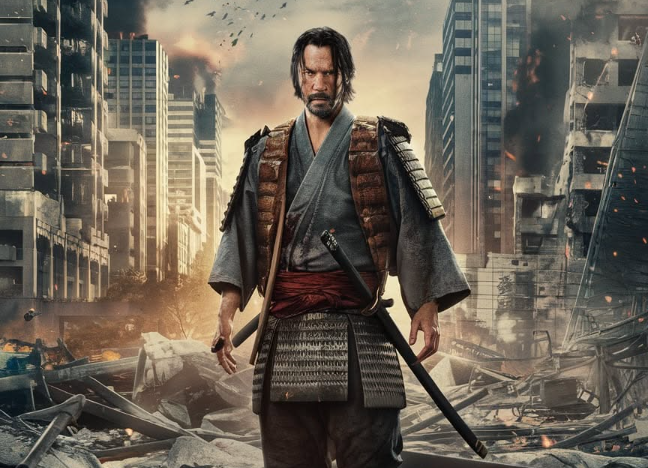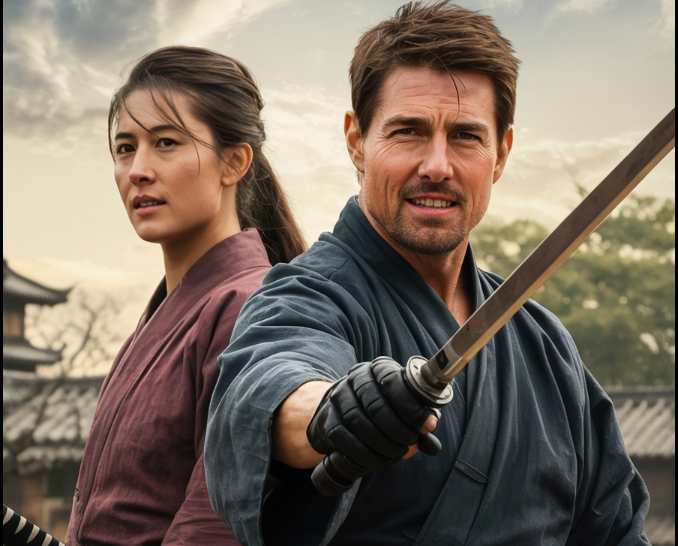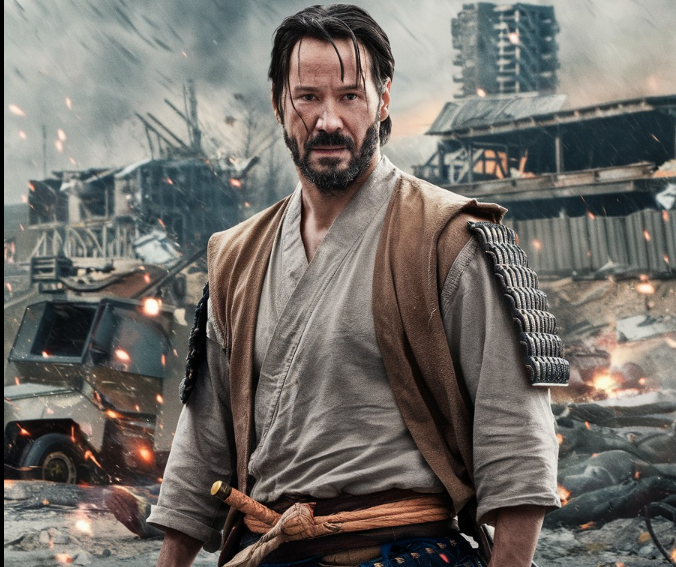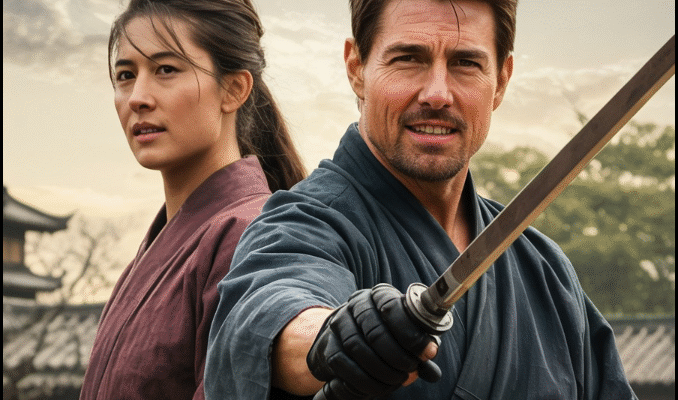Bushido (2025) enters the cinematic stage as a tale not merely of swords and blood, but of honor, sacrifice, and the fading echo of an ancient code. Where most samurai films revel in spectacle, this one promises something deeper: a meditation on loyalty in a world where tradition and modernity collide like steel in the dark.

The trailer begins with rain falling over a crumbling temple. A lone samurai kneels in silence, his blade laid across his palms. A voice-over whispers: “When the world forgets honor… the blade remembers.” The scene cuts to a battlefield, scarred by smoke and fire, where warriors clash under a blood-red sky. Immediately, the tone is set—this is not a story of peace, but of reckoning.
At the heart of Bushido is a masterless ronin, played with brooding intensity, who wanders through war-torn provinces carrying the burden of betrayal. Once sworn to a lord who fell to treachery, he now becomes both avenger and guardian, torn between vengeance and the hope of preserving his fading way of life.

The narrative teases a clash of generations. A young warrior, reckless and untested, crosses paths with the ronin, forcing him to reckon with the question of legacy: can the code of bushido survive in a time when honor is traded for power? Their bond becomes the soul of the film, a fragile bridge between tradition and change.
Visually, the film is a feast. The cinematography embraces contrasts—mist curling over mountain passes, cherry blossoms falling onto crimson-soaked battlefields, the shimmer of katana blades catching torchlight. Wide shots echo the grandeur of Kurosawa, while close-ups burn with raw intimacy, every scar and tear etched into memory.
The action is brutal yet poetic. Sword duels are choreographed with precision, each strike carrying the weight of conviction. There are no wasted movements, no hollow spectacle—only the sharp, devastating reality of combat, where every cut could be the last. A climactic sequence teased in the trailer shows the ronin facing multiple foes under a storm, his silhouette framed by lightning as steel sings through the rain.

The score fuses traditional Japanese instruments—shamisen, taiko drums, shakuhachi flutes—with modern orchestral depth. The result is both haunting and epic, grounding the story in cultural authenticity while amplifying its cinematic weight.
Supporting characters add complexity: a noblewoman trapped between loyalty and survival, a cunning warlord whose ambition drives the land toward ruin, and a band of outcast villagers who become unlikely allies. Each figure reflects a facet of the bushido code—courage, benevolence, loyalty—either honored or betrayed.
Thematically, Bushido is about more than war. It is about what remains when the world abandons its codes—when honor becomes a relic, and survival demands compromise. It asks whether the samurai’s path is one of nobility or futility, whether a man bound to honor can ever truly endure in a world built on betrayal.
The trailer ends with the ronin standing alone in a field of fallen warriors. His sword drips with blood, his face bathed in dawn’s first light. He whispers: “A man dies once. His honor lives forever.” The screen fades to black, the title Bushido (2025) searing across the silence.
This film positions itself as both epic and elegy—a story of blades, yes, but more so of souls bound to a code too pure, too fragile, for the world that seeks to bury it. If it delivers on its promise, Bushido (2025) may carve its name into the ranks of timeless samurai cinema.




